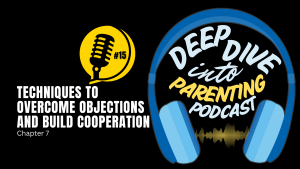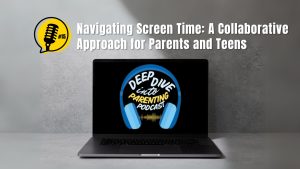We are heartbroken. As a parent of two teenaged boys, my blood ran cold when I heard the news anchor break in to the television show I was watching: “Seventeen people were killed and fourteen others were wounded when a former student of Marjory Stoneman Douglas High School in Parkland, Fla., opened fire on campus Wednesday, making it the deadliest school shooting since the Sandy Hook Elementary School shooting in 2012.”
Parents all over the country are asking: Why would a student bring a weapon to school and without any explicable reason open fire on fellow students and teachers? Are school shooters angry? Are they crazy? Is their motive revenge? Hatred for the victims? A hunger for attention?
I have been teaching behavioral threat assessment for years. I was a juvenile investigator on Orange County’s ONLY school threat assessment team. In one school year (180 days of school), I conducted 125 threat assessments in nearly 200 schools. Parents, students, and school administrators are looking at what happened in Florida and asking themselves, “Could this happen here?” You may be hearing cries for higher walls or metal detectors to be installed in every school. I can confidently tell you the best detectors of pending violence isn’t gun detectors, it is human detectors. We need law enforcement and school staff better trained to identify students of concern and then how to manage them effectively. Here are some things we can do to make our schools safer. You may want to ask your school if they are already doing these things:
Number 1 – People don’t just snap.
School shooters intend to commit violence well in advance of the date of the attack. Intended violence requires planning and preparation, which are observable behaviors. They are obsessed with violent fantasies, weapons, and often express their desire to commit violence to others or on social media. So here is the good news: If they have observable behaviors, then we can detect them and stop the student from committing violence.
19-year-old Nikolas Cruz, the suspect in the Florida school shooting, was described as a “troubled kid” who showed off his firearms and bragged about killing animals. His mother allegedly would resort to calling the police to have them come to their home to talk to him.
One student says Cruz would brag about target practice in his backyard with a pellet gun. Another student, junior Dakota Mutchler, says he used to be close to Cruz but he had not seen him in more than a year after he was expelled and that he “started progressively getting a little more weird.”
It appears Cruz was displaying extremely concerning behavior. One student says clas"smates would joke that if anyone were to commit a school shooting, it would be Cruz. The school expelled him and probably thought the problem was over. It wasn’t.
I do not have any inside information about this event. I am limited to the information that is available in the media.
Number 2 – Is your school staff trained to recognize the warning signs?
Most schools today train their staff to react to an “active shooter.” They are taught some version of “Run – Hide – Fight.” That is good, but do they know the most common signs of “violence pathway warning behavior?” They should.
Number 3 – Does your local law enforcement or school district have a trained threat assessment team and procedures to manage a person of concern?
Behavioral threat assessment is 15 years of science & fact based investigative procedures that enable the threat manager to identify observable patterns of behavior of concern, assess their seriousness, investigate the circumstances, and then devise the most appropriate strategies for managing the case. Cruz was obviously on a path to violence, even his classmates knew it. But, what do you do after you’ve identified an individual that is displaying a desire to commit violence? You need a management plan backed by mental health professionals, law enforcement, and school officials.
Number – 4 Does your school have a confidential way for students to alert school administration or law enforcement if they think a classmate poses a threat?
The US Secret Service identified the student’s “code of silence” as a key obstacle to campus safety. “A code of silence has the potentially damaging effect of forcing students to handle their pain and problems on their own, without the benefit of adult support. These codes also suggest that a student should not bring any concerns that he or she may have about a peer’s behavior to the attention of responsible adults.” A confidential phone number that students can text-a-tip to has been very successful in my county and has helped us intervene before violence was perpetrated on our school campuses.
Number – 5 Parents, are you looking at your child’s (and their friend’s) social media?
An Instagram page purportedly belonging to Cruz shows many pictures of him holding firearms and ammunition for a semiautomatic AR-15 rifle. Another photo shows a frog that had been killed. Six months ago, the FBI was alerted of a YouTube user named “Nikolas Cruz” who posted a comment stating, “I’m going to be a professional school shooter,” reports NBC News.
I have been teaching
cyber safety to parents for 5 years and I tell my parents, “Your child is writing a journal, they are writing about their views on sex, violence, drugs, love, and suicide – it’s called Instagram.” It is all there for parents to see and very few parents know how or take the time to see what their child is being exposed to.
Training and Resources
If your school can not answer these questions in the affirmative and want to know how to address these critical safety issues, I have resources for them and you.






